7. Trauma (1976)

At an isolated cottage in a British county side, Paul (Udo Kier) is a paranoid writer working on a new novel and is struggling with the process. He employs a secretary, Linda (Linda Hayden) to do the typing for him, but she is harboring a secret: her purpose of being there is to kill for stealing her husband’s story. Unaware of this, he’s haunted by his ex-girlfriend Suzanne (Fiona Richmond), grows infatuated with Linda and is driven to murder two local boys who rape his new secretary.
Written and directed by James Kenelm Clarke, “Trauma” aka “Expose” received an “X” rating, despite having less than sixty seconds cut from it. Linda Hayden would go on to say that it was the only film that she regrets making in her career.
In 2013, an uncut double-disc DVD and Blu-ray was released with the title “House on Straw Hill”, transferred from the original negative and full running time of eighty-four minutes. The thriller was remade in 2010 by Martin Kemp (of the band Spandau Ballet) under the name “Stalker (aka Expose)” featuring a cameo by Hayden.
8. The Witch Who Came from The Sea (1976)
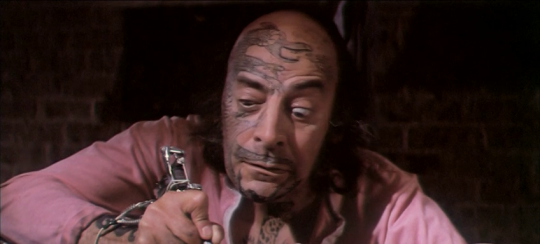
Molly (Millie Perkins) is a disturbed waitress at a seaside bar who suffered sexual abuse from her father a sailor. In her mind, he was lost at sea and a courageous man. She develops an obsession with burly men and razors, then drifts into world of fantasies and nightmares, triggered by television commercials. Eventually, Molly snaps and begins a sexually murderous rampage on sports heroes and other celebrities.
Directed by Matt Cimber and written by Robert Thom (whom was married to Perkins at the time), “The Witch Who Came from The Sea” is a twisted tale a rape, revenge and a descend into madness. Shot in 1971, it sat on the shelf for five years before obtaining distribution. Up until 2004, the film had been cut to avoid being rated “X” when it was released, but then was restored to its full eighty-eight minutes.
9. I Spit on Your Grave (1978)
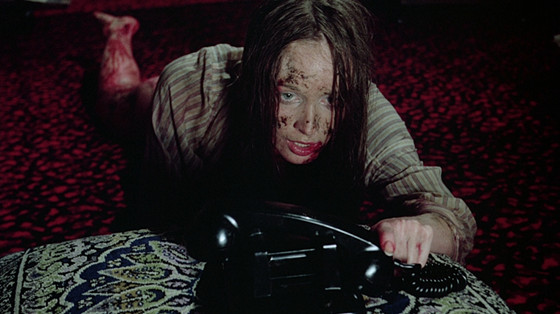
Manhattan writer, Jennifer Hills (Camille Keaton) rents an isolated cottage in a Connecticut countryside to work on her first book. Upon her arrival in the same town, her appearance attracts the attention of four local men. She has her groceries delivered by a mildly mentally disabled man who later tells his three friends that Jennifer walks around in revealing clothing.
Two of them stalk around her cottage on the river and the following day, all of them take turns brutally raping her and is left for dead. As she pieces herself together, she devises a plan to claim revenge and mutilate all four of the men.
Written and Directed by Meir Zarchi, “Day of the Woman” is his preferred title, but under the name “I Spit On Your Grave” it became a controversial success. Upon its release, many critics despised and various group protested it saying it glorified violence towards women. However, many have recanted those criticisms and deem it a true feminist film. Several countries banned it for years and/or censored much of the gratuitous violence.
The feature inspired two unofficial sequels and a 2010 remake (with a 2013 sequel). In 2015, Zarchi and Keaton returned for an official sequel “I Spit On Your Grave: Déjà Vu”, which is currently in post-production and seeking distribution.
10. The Toolbox Murders (1978)
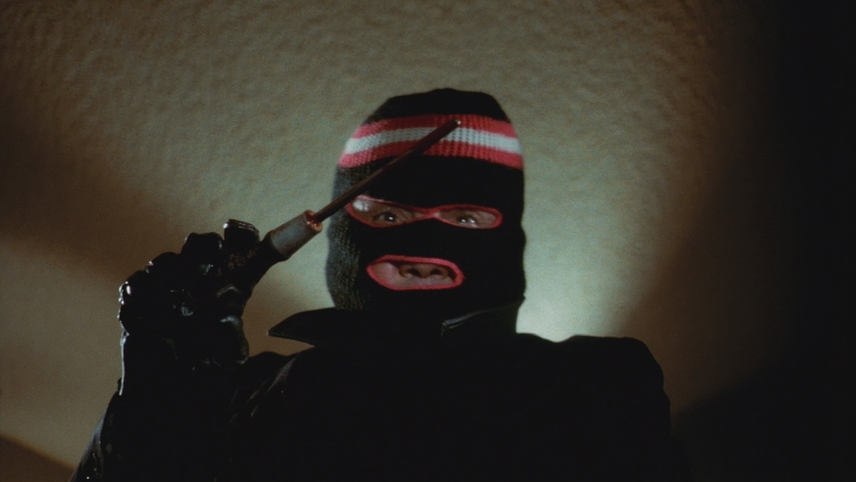
At an apartment complex in Los Angeles, a man wearing a ski-mask and clad in black is killing many of the female tenants with various tools, such as a power drill, hammer, screwdriver and a nail-gun. Neighbors and the building manager, Vance (Cameron Mitchell), are questioned by the authorities, but no leads are turning up.
The killer later abducts Laurie (Pamelyn Ferdin), a fifteen-year-old girl who lives in the same building. Her brother Joey is interrogated by the investigating detective, but grows frustrated by his unconcerned attitude and starts looking for clues in the victims’ homes.
Directed by Dennis Donnelly, “The Toolbox Murders” was supposedly based on a true story. However, its development began when the producer, Tony Didio, noticed the financial success re-release of “Texas Chainsaw Massacre” in 1977.
When the film came out in 1978, critics reacted negatively to it and was briefly banned in the UK. Since then, a cult following was built up and in 2004 Tobe Hooper directed a reimaging of the feature.
11. Antropophagus (1980)
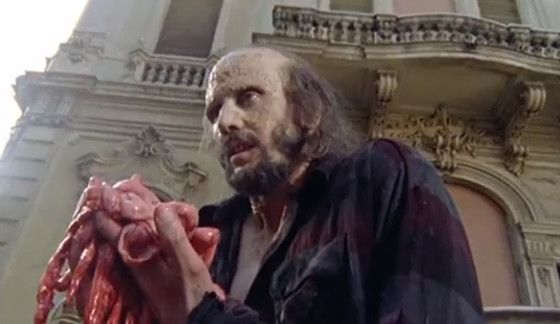
Two German travelers are mauled by something surfacing from the ocean in the Greek islands. Shortly after six additional travelers plan on sailing out to that territory, but one of them Julie, is reluctant about the journey after receiving a grim tarot reading.
When they arrive five decide to venture outward while the pregnant Maggie with sprained ankle stays back with the sailor. Upon discovering the town is in disarray along with a rotted cannibalized corpse in the house, they head back to the boat, which is adrift and Maggie has disappeared. With no other options, they head back to the house that Julie’s friends own.
Directed by Joe D’Amato with a script co-written with George Eastman (co-producer and the mutated killer Klaus), “Antropophagus” was attempt a straight horror (or “Gorror”) film after a couple of erotic horror features.
It would go on to be prosecuted for extreme and graphic violence which implicated the UK’s 72 Video Nasties List. After much controversy, false notoriety as being a “Snuff Film” and several edits, in 2015 an uncut version was released on DVD.
12. House on The Edge of The Park (1980)
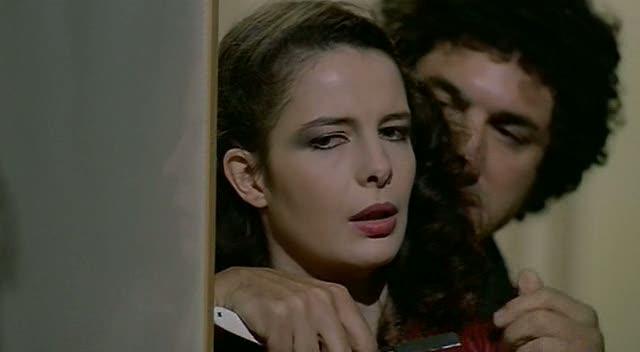
After Alex (David Hess) rapes and murders a woman in a NYC park, he visits his mechanic buddy Ricky (Giovanni Lombardo Radice) and they plan on going to a disco. Just then a yuppie couple in pull in with car troubles. After Ricky fixes it, the couple mention that they are going to a party in New Jersey and invite the two guys along. Upon arrival, the party attendees are rich snobs and looking for kicks of deviant kind.
Directed by Ruggero Deodato, “House on the Edge of the Park” was released in Italy in 1980, but didn’t make its way to America until 1985. When submitted for a UK cinema certificate in 1981, it was rejected even though the uncut version on video was available in their country.
In 2002, over eleven minutes was cut for a DVD release, but later the edited footage was reinstated sans forty-two seconds of razor slashing, but the US version is available uncut at ninety-one minutes. As of 2011, Deodato and Radice were developing a sequel.
13. Cannibal Holocaust (1980)
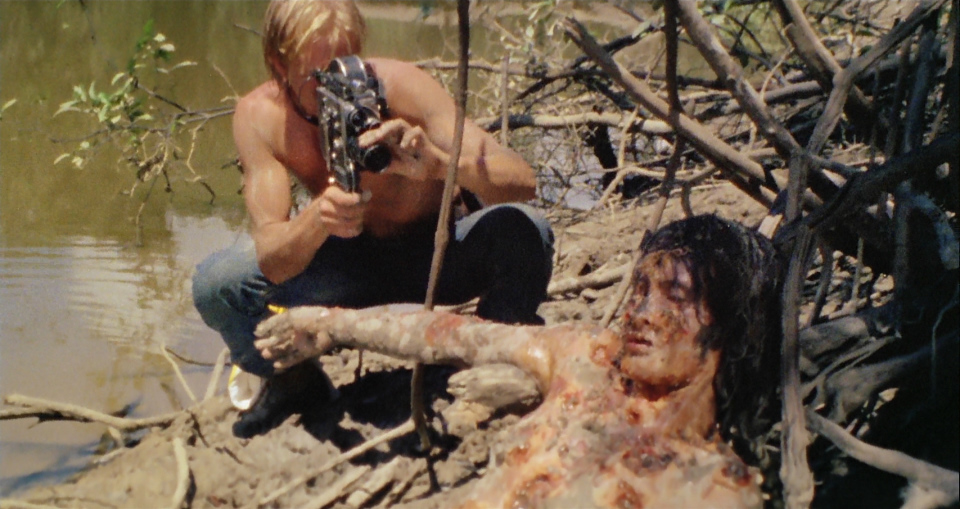
An American film crew disappears while shooting a documentary on cannibal tribes in the Amazon jungle. A New York anthropologist attempts to rescue them, assuming and hoping that they are still alive. Once he arrives and with the help of the military, a raid on a Yacumo tribe’s village occurs and they take one male hostage under the premise that he will negotiate with the natives.
As they travel deeper into the jungle, they encounter warring tribes and discover the rotting remains of a missing American filmmaker built into a grizzly shrine, along with reels of footage.
Directed by Ruggero Deodato and screenplay by Gianfranco Clerici, “Cannibal Holocaust” was developed under the influence of Gualtiero Jacopetti’s “Mondo” films with the inspiration of the Italian media’s coverage of Red Brigade terrorism. After it premiered in Italy, the feature was seized and Deodato was arrested under the charge of making a snuff film.
The film was banned in its home country along with several other countries. After much controversy for animal cruelty and sexualized violence, it is revered as the apex of the cannibal genre and would inspire a series of “found footage” movies, such as “The Blair Witch Project”.